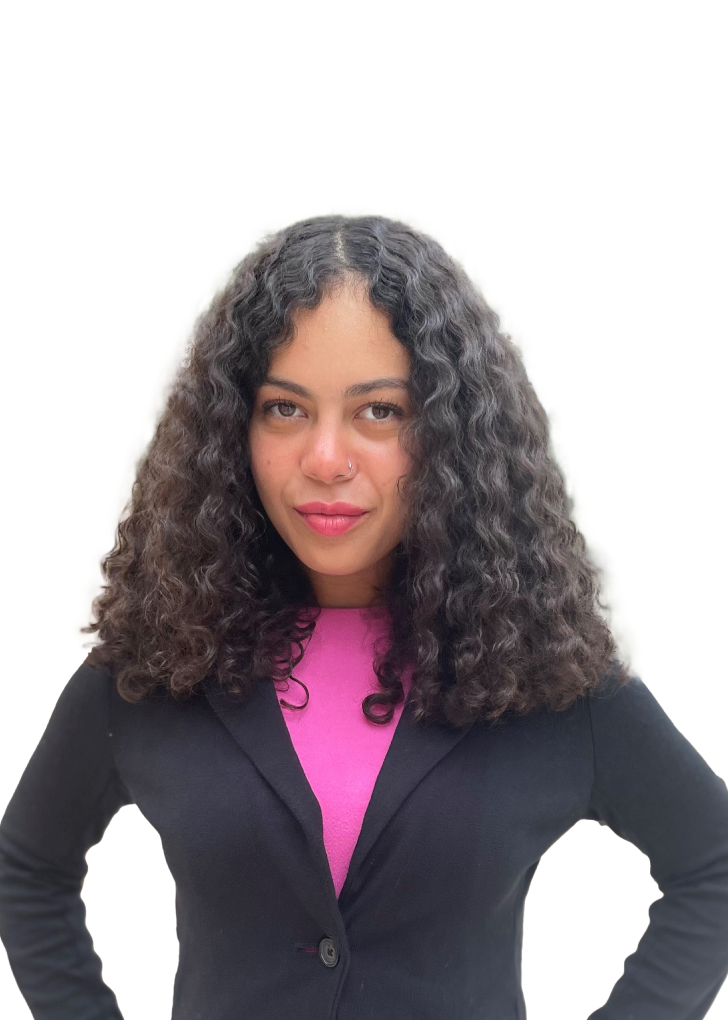Historically, foster youth in Florida who turn 18 have celebrated their milestone birthday with a push out the door and well wishes shortly after they blow out their candles.
They could opt for a monthly stipend of around $1,200 if they chose to continue their education full time, but the support of a home and case management services ended. Many fell through holes in the safety net, shifting from a troubled childhood into struggling adults.
Two years ago though, the system changed dramatically. Now foster youth who “age out” of the system have the opportunity to stay in it and receive a variety of services until they are 21, or 22 if they have a disability.
(READ: VOLUNTEERS STEP UP FOR KIDS IN COURT)
Local child welfare officials and young adults who have taken advantage of the extended benefits have been pleased with the outcomes of the new legislation, except for two major issues: a lack of supervised living arrangements and transportation. As of April, there were 16 young adults across Volusia, Flagler and Putnam counties taking advantage of the new legislation, according to Community Partnership for Children, the local agency that helps foster youth across the three counties.
“As we started to roll down this road, we realized quickly that housing and transportation were our two issues — I mean they are communitywide issues,” said Karin Flositz, chief operating officer for Community Partnership.
Laura Vickers, 18, of Palm Coast, is one young adult who has been lucky enough to find foster parents willing to take her in after she turned 18. What started out as a decent place to live ended up becoming a new support system for Vickers.
“I didn’t have much of a (parental) figure like I do now,” Vickers said, sitting at the table in her new home recently with her foster father Gary Rice. “That’s what makes me happy about it.”
Gary and Lisa Rice met Vickers through the local chapter of Fellowship for Christian Athletes that Gary helps out with on a regular basis. Vickers was getting ready to age out when they met a little over a year ago.
“I asked Laura about it one day because I was concerned what a kid would think about living with an old guy like me,” Rice, now 51, said. “She said to me that all they wanted was a decent place to stay.”
In fact, a decent, supervised place to stay is much needed for foster youth opting to stay in the foster care system past their 18th birthday, according to Flositz.
Flositz said the child welfare agency contracts out all of their independent living programs to Children’s Home Society of Florida, another child welfare agency in Daytona Beach. She said lately the agencies have been focusing on how to recruit foster parents to take teenagers.
“There aren’t people banging down our door to foster teenagers,” Flositz said. “There’s just this misperception with people in general that there are criminal and juvenile issues or other things involved, and these are really kids that have been abused, neglected or abandoned and need help. They need a stable living environment.”
‘MOVING TARGET’
The “Nancy C. Detert Common Sense and Compassion Independent Living Act” was approved in 2013 by the state House. The legislation took effect in January 2014 and gives young adults aging out of foster care the option of staying in the system to finish high school, earn a GED, pursue postsecondary education or start a career.
Florida isn’t the first state to open up benefits to young adults after they turn 18. In 2008, President George W. Bush signed the “Fostering Connections to Success and Increasing Adoptions Act,” which allowed states to provide foster support and services to youth until they are 21.
Flositz said there are 16 young adults taking advantage of the new law, and that number is about half of the total number of kids who aged out in 2014 and 2015. There were 31 youth who aged out in 2014 and 34 in 2015 for all three counties, Flositz said.
“Just like every 18 year old, it’s a time filled with angst,” Flositz said. “So a lot of kids were like ‘see ya later’ when they turned 18 — not knowing maybe the full benefit, or the full impact of that decision at the time. The good thing is they can come back.”
In 2014, there were only five young adults in extended foster care, and in 2015, there were four. Flositz said it’s a “moving target” though, and foster youth can opt back in and out as long as they are eligible.
Seven of the adults in extended foster care right now live with foster families, five live in transitional homes (homes that staff visit throughout the week), three are renting rooms and one lives in an apartment. Foster families or other home providers are paid board rates directly under extended foster care by the community-based service provider.
Qualifications to be in extended foster care are similar across the country. In Florida, a young adult must have been living in licensed foster care at the age of 18. They also must be attending high school or working on their GED, enrolled in college or vocational education program, employed at least 80 hours per month or participating in a program “designed to promote or eliminate barriers to employment.” Young adults with a documented disability that would prevent them from doing either of those things can still be in extended foster care.
Susan Haley, program director at Children’s Home Society, said most young adults in extended foster care are still trying to achieve their high school diploma. To stay in extended foster care, a young adult must meet with a caseworker each month and attend court reviews every six months on average.
Haley said the extension of foster care benefits to those over 18 didn’t come with any more funding from the state, but it is a matter of reallocating resources from other independent living programs already in place for those over 18. She said mental health resources for older foster children has always been, and continues to be, a great need as well.
‘GUIDANCE AND MENTORING’
Vickers has spent most of her life living with relatives, foster families or group homes with and without her three siblings. Originally from the Palatka area, Vickers’ siblings still live there, but now Vickers is a junior at Flagler Palm Coast High School and living at the Rice’s home.
“We don’t treat her any different than we treat our other kids,” Rice said. “Even though she’s 18, she still has two years of school to go, so I told her I’m going to treat it like your 16.”
Haley said the idea of extended foster care legislation was to keep kids living with foster families, so they would have that support. Imagine trying to file taxes for the first time, prepare a resume, find a job or buy a car without the help of a parental figure.
“The whole intent of the legislation was to have foster homes and that guidance and mentoring,” Haley said. “We have found that those who have stayed in the foster home after turning 18 have a fairly high success rate.”
Statistics bear her out. Young women remaining in care experience a 38 percent decrease in the incidence of pregnancy before age 20, according to the National Resource Center for Permanency and Family Connections. The center also reports that remaining in care more than doubles the odds a young person will be working or in school at 19, and those who remain in care are twice as likely to complete at least one year of college by 21.
The extra challenges foster children face before they reach 18 have lasting consequences, according to Florida Guardian ad Litem. More than 60 percent drop out of high school before graduation — a rate twice as high as the dropout rate for all students. Foster youth are also two or three times more likely than other students to have disabilities that affect their ability to learn. The poor academic performance often affects them in adulthood and contributes to higher than average rates of homelessness, criminality, drug abuse and unemployment, states Florida Guardian ad Litem.
When foster youth reach 18, something as simple as transportation can be a major setback, said Haley. She said if young adults in the independent living programs can’t drive then they still need to live near public transportation to get to school and/or work.
Extended foster care helps solve that problem, with more financial support than the previous monthly stipend for young people in school.
Destini Cover, an 18-year-old DeLand High School student, has been living with a foster mother in west Volusia while she finishes up her senior year. Cover recently bought a 2014 Chrysler sedan, and she said the $200 reimbursed every month — through the state’s “Keys to Independence” program that helps foster youth between the ages of 15 and 21 with car insurance — helps her balance bills between school and working full time at McDonald’s.
Cover will graduate this month, and she plans to pursue a four-year college degree and then maybe go to law school. Cover said her mother, who died when Cover was 15, always thought she would make a good lawyer.
On a recent afternoon, Cover returned home a little later than usual — it was one of her only days off work that week and she had a geometry test to take after school.
“Just because you’re in foster care, people look down on you,” Cover said. “I’m pretty content with my life. I’m able to provide for myself. I do more than the average teenager.”
LASTING CONNECTIONS
Flositz and Haley both said a major focus for foster youth over 18 is to make sure they have positive, meaningful connections — for example, someone to call at 2 a.m. when they have a flat tire.
“Money, the check, isn’t going to give you that feeling at Thanksgiving or Christmas of being a part of something,” Flositz said. “Having connections to other people in the world is what can change a path.”
Cover has her boyfriend and his mother, who she said she is closer to than most people. Vickers has the Rices and several siblings now to ask for help.
“We want to make sure they have mentors and people they can look up to, so they have a vision of someone they want to be,” Flositz said. “So they can be the best human being that they are meant to be.”
HOW TO HELP
Besides a need for more foster families for kids younger or older than 18, teens from ages 14 to 17 can benefit from a community mentor. For more information on fostering or how to become a mentor, visit Community Partnership for Children online at communitypartnershipforchildren.org or call 386-238-4900; or Children’s Home Society of Florida at chsfl.org or call 386-304-7600.

